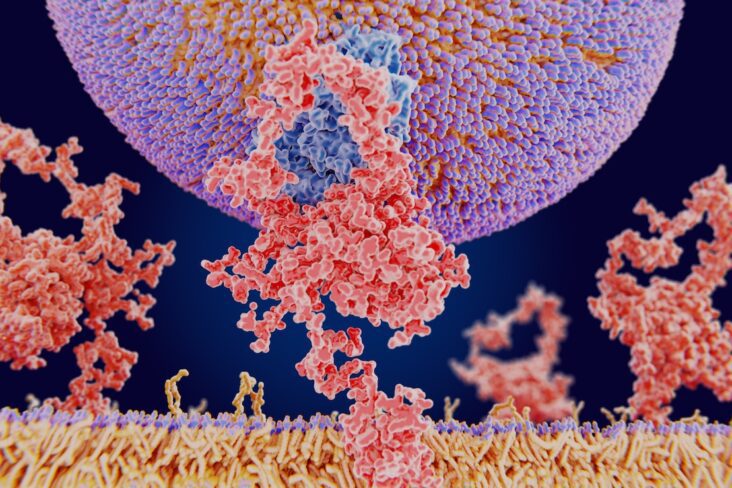
Of the ten causes of heart attacks, three are consequences of long term conditions that once identified can be treated. With a little knowledge and healthscreening these common causes of heart disease can be treated and heart attacks prevented. This blog outlines the three most preventable causes of a heart attack.
1. Coronary Heart Disease: The Silent Threat
Coronary heart disease (CHD) stands as the leading cause of heart attacks, accounting for over half of all cases. Shockingly, for many individuals, the first symptom of CHD is a heart attack or sudden death. However, the underlying cause of CHD, atherosclerosis, is a process that can be identified years before symptoms develop, as early as age 30, thanks to advances in medical technology, particularly the application of AI in advanced cardiac CT scans.
Atherosclerosis is an inflammatory process characterised by the buildup of fatty deposits (plaque) within the arteries, restricting blood flow to the heart. With early detection through advanced cardiac CT scans, individuals at risk can be identified, and a combination of lifestyle changes and medications can be highly effective in preventing the progression of the disease.
Lifestyle changes include adopting a heart-healthy diet, engaging in regular physical activity, quitting smoking, and managing stress. Medications may include cholesterol-lowering drugs, blood pressure medications, and aspirin therapy. The key takeaway here is that early detection and intervention can save lives.
2. Hypertension: The Silent Killer
Hypertension, or high blood pressure, is often referred to as “the silent killer” because it rarely presents noticeable symptoms until it’s too late. It’s a leading risk factor for heart attacks, stroke, and other cardiovascular diseases. Fortunately, diagnosing hypertension has become more accessible through home blood pressure monitoring devices and wristband BP tests.
Regular monitoring of blood pressure at home can help individuals identify and manage hypertension effectively. Lifestyle modifications such as reducing salt intake, maintaining a healthy weight, regular exercise, and stress management are crucial in controlling blood pressure. In some cases, medication may be prescribed to keep blood pressure within a healthy range. By taking proactive steps to monitor and manage blood pressure, individuals can significantly reduce their risk of heart attacks.
3. Atrial Fibrillation: A Hidden Threat
Atrial fibrillation (AFib) is a prevalent heart condition where the upper chambers of the heart, known as atria, quiver irregularly at a rapid rate, often exceeding 600 cycles per minute. One of the significant dangers of AFib is the potential for blood clots to form due to the stagnation of blood within the atria. These clots can then travel to the brain, causing a devastating stroke, or to the heart, leading to a heart attack.
What makes AFib particularly challenging is that it can be present without causing any noticeable symptoms until it leads to severe complications. However, with increased awareness and the use of heart rhythm monitoring devices such as Apple Watch, Withings ECG watch, Kardia ECG, and pulse checks, individuals can play a more active role in detecting AFib.
Once AFib is identified, healthcare providers can prescribe blood thinners to prevent the formation of blood clots, reducing the risk of stroke and heart attack. By embracing these technologies and being proactive about heart rhythm monitoring, we can potentially save lives and prevent the devastating consequences of undiagnosed AFib.
Conclusion
Heart attacks are not inevitable, and many can be prevented by addressing common risk factors. Coronary heart disease, hypertension, and atrial fibrillation are three of the most preventable causes of heart attacks, and early detection plays a pivotal role in mitigating their impact. By staying informed, embracing health screening technologies, and taking proactive steps to maintain heart health, we can reduce the incidence of heart attacks and lead longer, healthier lives. Remember, knowledge and prevention are powerful tools in the fight against heart disease.




